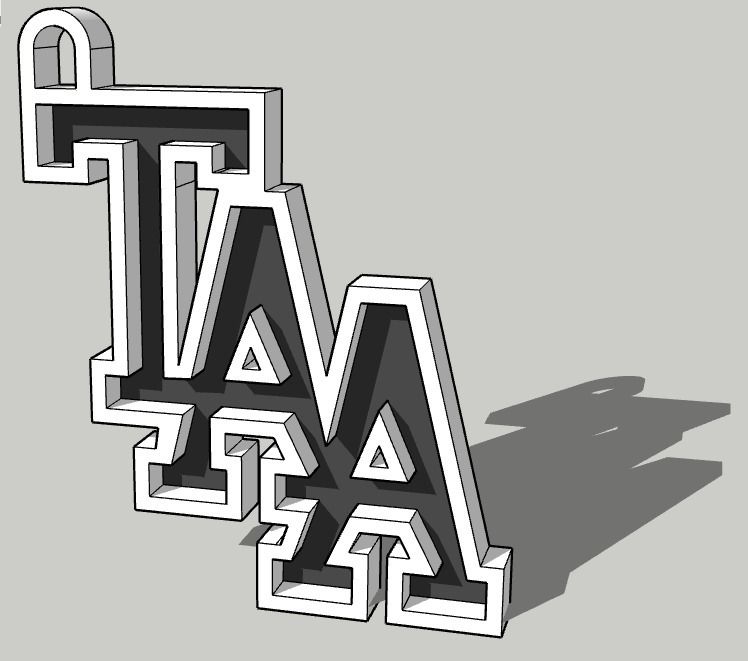
This prevents stockouts and cuts expenses from over-ordering. Focus Area #3: Reap continual margin improvements with AI and demand forecasting Demand forecasting with AI technology minimizes errors and ensures more appropriate inventory volumes.Having non-expired inventory ready and available increases job satisfaction and efficacy of OR nurses, as they won’t have to leave a patient during a procedure to hunt down supplies. In addition, RFID and barcode scanning point-of-use tools can help nurses and staff document supplies more efficiently. Regular inventory count is a critical component of cost-savings in the OR. When processes are made more efficient through a supply chain management platform, operating room throughput increases, which means revenue also increases.

#CARDINAL CHAINS LEVEL 76 DRIVERS#

In addition, 43% of these leaders say they lost nurses due to supply challenges or shortages. Just over three-quarters (76%) say supply chain analytics spur higher care quality, and 61% say analytics impact staff satisfaction and retention. A recent survey of hospital supply chain leaders found that 94% believe supply chain analytics reduce supply costs. Analytics can also help with hospital-wide standardization, especially for areas like surgical PPI, which account for 40% to 60% of a hospital’s total supply cost (excluding medications). Focus Area #1: Use analytics to reduce supply chain waste and identify opportunities to reduce variation Effective supply chain analytics can reduce costs by helping hospitals more proactively identify and use items before they expire. Analytics also help lower the cost of unnecessarily high physician preference items (PPI).It just takes focus-in this case on the supply chain-in four areas. Plus, the skyrocketing rate of overburdened nurses and staff has forced budgets to absorb expensive staffing resources as these employees opt out of healthcare work. That impacts not only quality of care but the bottom line.įinancial challenges to hospitals are continually growing due to lost revenue from delayed care and canceled elective procedures during the pandemic.

That’s dangerous, too, because supplies expire. Thanks to so many backorder and alternate suppliers entering the market, manufacturers and medical surgical supply distributors are not accountable anymore. Not to mention the feat of trying to ensure the right supplies are on hand at the right time. In some hospitals and health systems, staff spend 58% of their workday on indirect activity, such as searching for supplies needed for patient care activities. Just one example: demand forecasting, especially helpful for pick preparations, is nearly impossible at many organizations. There are so many inefficiencies in the hospital supply chain. Antiquated processes that create inefficiencies, unnecessary expenses, and staff dissatisfaction are contributing to financial challenges that have only been exacerbated during the pandemic. When it comes to supply chain management, the healthcare industry comes in last place and it’s paying the price.


 0 kommentar(er)
0 kommentar(er)
